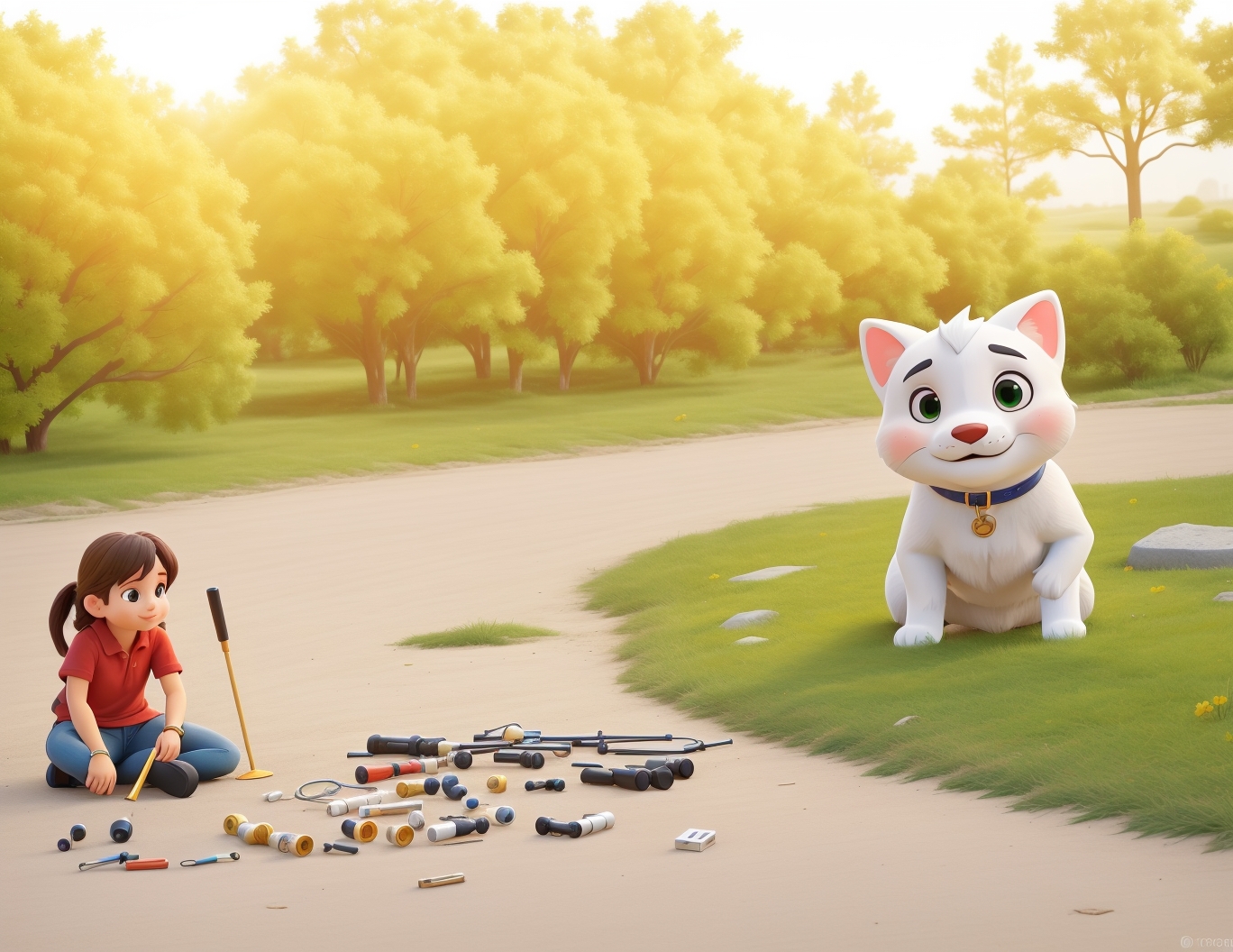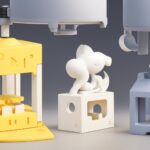How to Design 3D Models for Printing: Tips for Beginners
How to Design 3D Models for Printing: Tips for Beginners
Description: A beginner’s guide to designing 3D models for printing, covering software choices, design principles, and common mistakes to avoid.
Keywords: 3D model design, beginner 3D modeling, 3D printing design software
Article
How to Design 3D Models for Printing: Tips for Beginners
With the rise of 3D printing technology, many beginners are excited to try their hand at 3D model design to create their own custom objects. However, designing models that print successfully involves more than simply creating an appealing shape. This guide offers essential tips to get started with 3D modeling for printing.
1. Choosing the Right Software for 3D Modeling
Selecting suitable 3D printing design software is the first step. Beginners should start with user-friendly options that offer comprehensive features without overwhelming complexity.
Tinkercad: An excellent choice for beginners, Tinkercad is a free, web-based software that provides an easy interface ideal for learning the basics of 3D modeling.
Fusion 360: While more advanced, Fusion 360 has features specifically geared towards 3D printing and is free for students and hobbyists.
Blender: Known for 3D animation, Blender is a powerful tool for creating highly detailed designs. It may have a learning curve but offers incredible flexibility.
2. Understanding Basic Design Principles
When designing a model, it’s essential to consider the limitations and properties of 3D printing. Here are some fundamental design principles to keep in mind:
Wall Thickness: The walls of your model should have a minimum thickness suitable for your printer and chosen material. Thin walls may break or not print at all.
Overhangs and Supports: Overhangs above a certain angle (usually 45°) need supports to prevent sagging. Ensure your design either minimizes overhangs or consider adding supports.
Tolerance and Fit: For moving parts or interlocking components, allow tolerance to ensure parts fit together after printing. Typically, a 0.2 mm tolerance is a good starting point.
3. Avoiding Common Beginner Mistakes
There are a few pitfalls to avoid that can impact the quality of your 3D model design:
Ignoring Print Orientation: The orientation of your model can affect print quality and strength. Rotate your design to minimize the use of supports and achieve better surface quality.
Creating Unsupported Details: Small details or thin sections without sufficient support may not print correctly. Review your design for areas that may need added thickness or support structures.
Not Considering Scale: Ensure your model is scaled correctly before printing. Many beginners overlook the scale, leading to prints that are too large or small for their intended use.
4. Preparing Your Model for Printing
Once your 3D model design is complete, it’s time to prepare it for printing by converting it into a printable format, usually STL or OBJ files. Here are some steps to ensure a smooth transition from design to print:
Check for Errors: Use software like Meshmixer or Netfabb to identify and correct common errors, such as holes in the mesh or non-manifold edges.
Optimize Your Model: Simplify complex details if necessary, as intricate designs may increase print time and material usage.
Slice the Model: Import the model into slicing software, such as Cura or PrusaSlicer, to convert it into instructions (G-code) for the printer. Adjust settings like layer height, infill, and supports based on your design’s needs.
5. Experiment and Improve with Each Print
Designing 3D models for printing is an iterative process. Don’t be discouraged by early failures; each print offers an opportunity to refine your skills. Keep experimenting with different 3D printing design software and adjust your design approach to achieve better results with each model.
Conclusion
Creating 3D models for printing is an accessible and rewarding skill for anyone interested in 3D printing. By choosing the right software, understanding fundamental design principles, and avoiding common pitfalls, beginners can enjoy the process of designing functional and aesthetically pleasing models. With practice and patience, you’ll soon be creating designs ready for 3D printing with ease.



